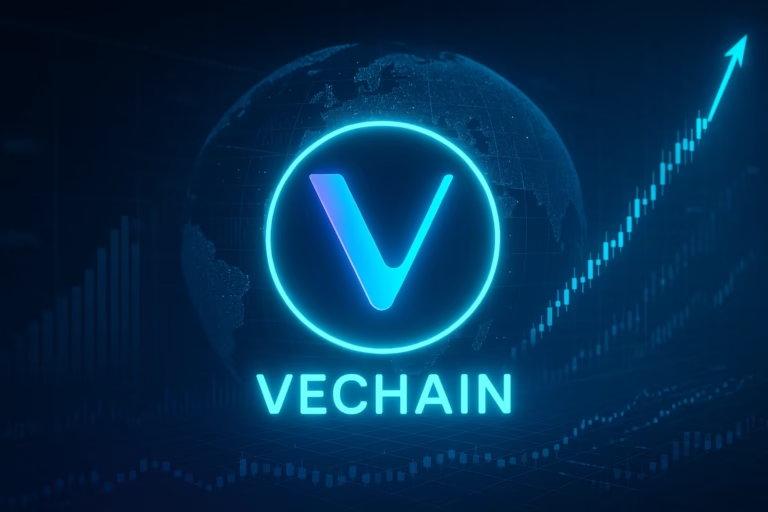
- Ethereum’s upcoming Pectra upgrade, set for May 7, introduces major improvements like increased staking flexibility, smarter wallet interactions, and enhanced scalability for Layer 2 rollups.
- With 11 Ethereum Improvement Proposals (EIPs), this upgrade aims to streamline user experience, bolster network efficiency, and improve the overall staking model.
Ethereum is gearing up for its most ambitious network upgrade yet. Scheduled for a May 7 launch, the Pectra upgrade combines two major updates—the Prague execution layer hard fork and the Electra consensus layer upgrade. With 11 Ethereum Improvement Proposals (EIPs) packed in, Pectra is set to transform how users interact with the Ethereum network, how staking works, and how Layer 2 (L2) rollups scale.
Smart Wallets Get Smarter with EIP-7702
One of the biggest changes for users comes from EIP-7702, which lets regular wallets (EOAs) act like smart contracts for a single transaction. This unlocks features like batch transactions, meta-transactions (sponsored gas fees), and custom validation logic—all without converting a wallet into a contract. The result? A much smoother and more intuitive experience when using dapps, DeFi platforms, or blockchain games.
More Efficient Staking with EIP-7251 and EIP-7002
Ethereum staking is getting a massive upgrade. EIP-7251 raises the maximum effective validator balance from 32 ETH to 2,048 ETH, allowing stakers to consolidate their holdings and benefit from rewards compounding. This also reduces validator count temporarily, easing network congestion.
Meanwhile, EIP-7002 adds flexibility by allowing validators to initiate withdrawals and exits directly from the execution layer using safer, cold-stored credentials. This reduces risk, improves security, and gives validators more control over their funds.
L2 Rollups Speed Ahead with EIP-7691
Ethereum’s scalability also gets a boost. EIP-7691 doubles the target blob count per block from 3 to 6 and raises the max from 6 to 9. This directly benefits L2 solutions by increasing data availability and cutting gas costs for rollups. It’s a key step toward scaling Ethereum for mass adoption, even if it’s a short-term solution.
Other Quiet But Crucial Upgrades
Additional proposals like EIP-6110 (faster and more secure validator deposits) and EIP-7549 (more efficient attestation aggregation) may not grab headlines but significantly enhance validator performance and network reliability.
Final Countdown to Mainnet
After overcoming early testnet hiccups, Pectra is now locked in for mainnet deployment on May 7, pending final stability checks. This marks a major milestone in Ethereum’s evolution toward a more scalable, user-friendly, and efficient blockchain.




